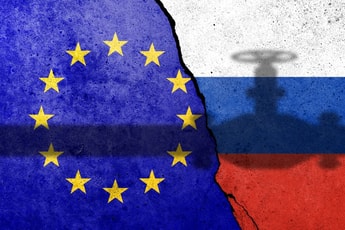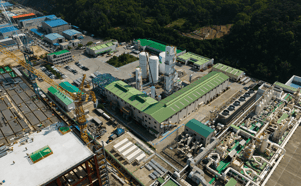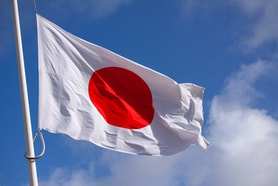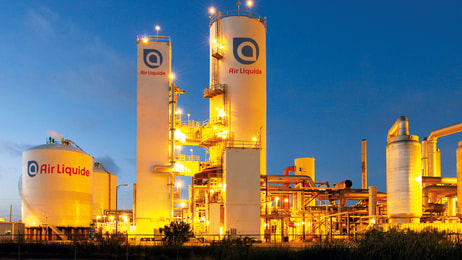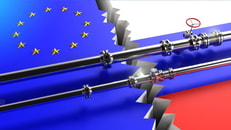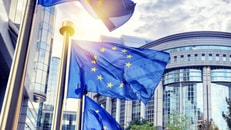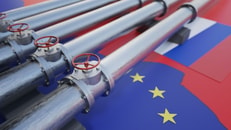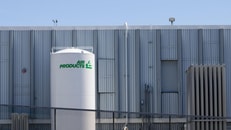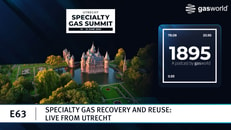Europe ban on Russia helium comes into force
The import ban on Russian helium into Europe has come into force today (26th September).
While Russia accounts for only a small percentage of the bloc’s helium imports, the measure is another significant move in the continent’s efforts to boost energy security and will impact global helium trade flows, while serving as a symbolic gesture to Russia that Europe isn’t letting up in its sanctions drive as it strives to weaken Russia’s ability to finance its war with Ukraine.
The 14th package of sanctions, announced in June, contained important energy-related measures targeting liquified natural gas (LNG), and measures targeting vessels which support Russia’s war.
The package prohibits all future investments in, and exports to, LNG projects under construction in Russia. It will also prohibit, after a transition period of nine months, the use of EU ports for the transshipment of Russian LNG. Moreover, it prohibits the import of Russian LNG into specific terminals which are not connected to the EU gas pipeline network.
... to continue reading you must be subscribed


